The Rowdy History of Miles City's Bucking Horse Sale
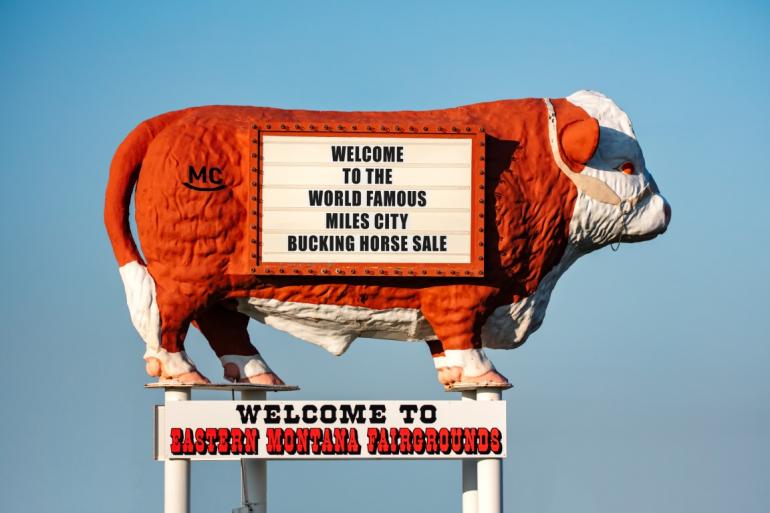
Photo by Todd Klassy
The Cowboy Mardi Gras
Near the confluence of the Tongue and Yellowstone rivers rests Miles City, a fine town that was first established in 1877. The whole town has picked up and moved at least once (although it hasn’t happened recently), one of many testaments to the strength a person must possess to carve out a life in eastern Montana. Nearby Fort Keogh became a remounting station during World War One, and Miles City quickly became the largest horse market in the world. Pristine horses led to the creation of the World Famous Bucking Horse Sale, a weeklong “apocalyptic extravaganza of horsemanship” which includes a kick-off concert, mutton busting, trade shows, fast-talking auctioneers, multiple street dances and much more. Such an event has become a staple to the community, and it is the premier social affair of the season.
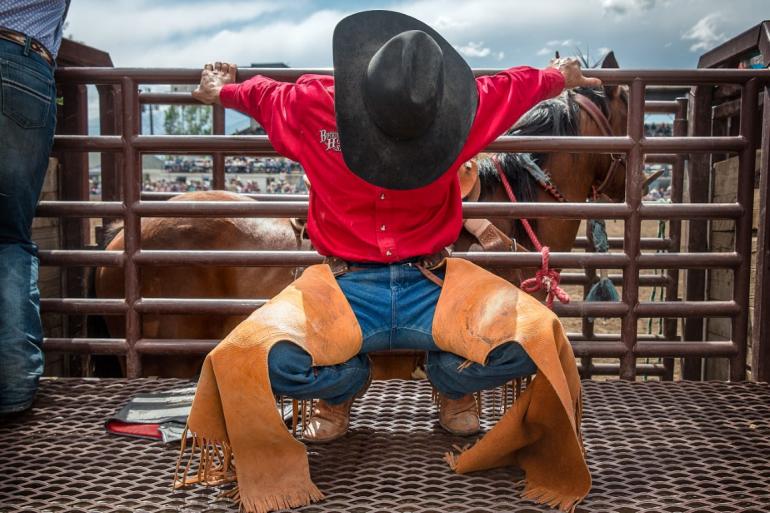
Photo by Todd Klassy
“Before Barbed Wire”
Cattle drives of the 1800s and military outposts birthed many towns across the West, including Miles City. Fort Keogh was established alongside many other forts after the Battle of Little Bighorn and was named after Captain Myles Keogh, whose horse was the last living remnant of Custer’s charge. The fort quickly grew into a decently sized encampment which was commanded by General Nelson A. Miles, the future city’s namesake. The general reported that his camp was troubled more by alcohol than displaced Native Americans, and it wasn’t long before the civilian merchants who sold the irksome spirits were evicted from the fort. These merchants, also known as sutlers because they followed military activity, traveled two miles east to establish the first site of Miles City. Despite the great efforts to name the area Milestown, both the first official plat and first post office called the site “Miles City.”
Early in the town’s history, the fort moved two miles to the west. Being founded by the sutlers who made their living catering to the soldiers, of course the citizens picked up almost the entire town and followed the fort to the land Miles City inhabits now. Cattle ranches were a common sight in the area until the harsh winter of 1886, when a January blizzard tore across the prairie. Tens of thousands of cows from Montana to Texas were killed, and these incredible losses forced the ranchers to face an equally harsh truth: cattle in Montana must be fed during the winter. Some didn’t want to pay the added expense of putting up hay all winter and decided to turn to horses. Horses will dig with their hooves to find food when cows will not, and thus the Horse Capital of the World was established.
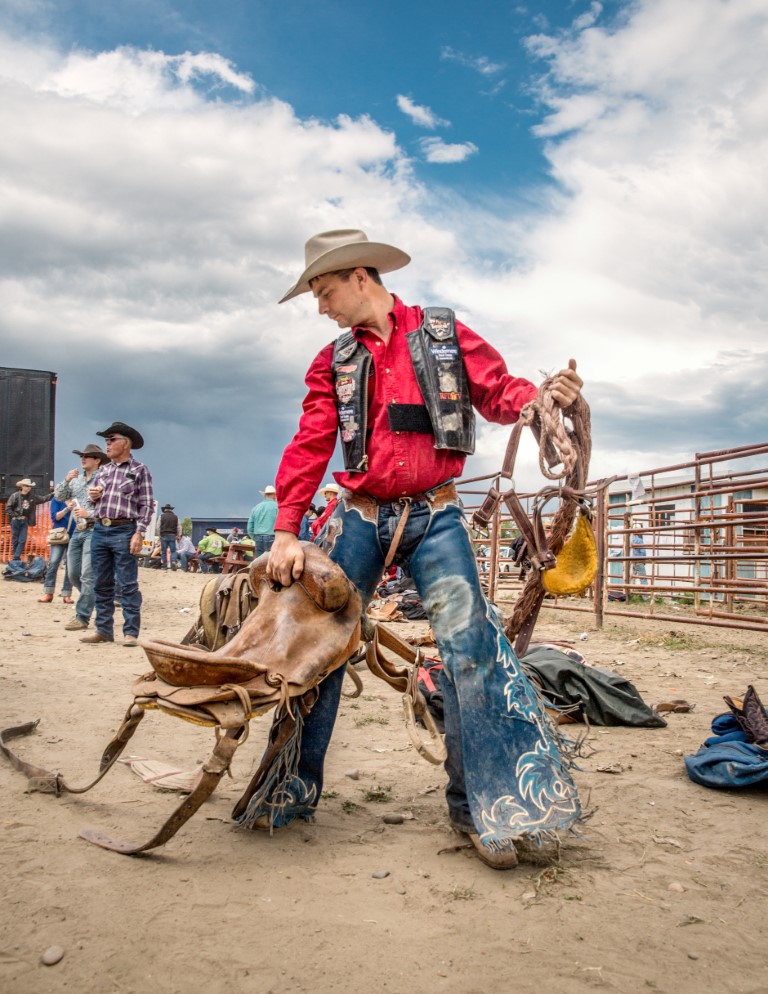
Known near and far as one of the last genuine cowboy towns in the West, Miles City has a unique Western culture all its own. The seasonally operated Range Riders Museum celebrates and explores the history of the town and surrounding areas, while the Waterworks Art Museum and Gallery boasts an incredible collection of vintage local photography. There you will find the works of Lady Evelyn Cameron, of nearby Terry, alongside Laton Alton Huffman’s poignant portraits of Miles City life at the turn of the 20th century. L.A. Huffman and Evelyn Cameron both captured the raw truth of life on the plains of eastern Montana and their permanent exhibits are a must-see for cowboys, locals, tourists and enthusiasts. During the Bucking Horse Sale, the Range Riders Museum is host to and benefactor of the Cowboy Breakfast, which starts bright and early at 6 a.m. on Saturday morning. Held in the museum’s Memorial Hall, volunteers and members of the museum’s board work tirelessly to serve a hearty and genuine cowboy’s breakfast at a fair price. Waterworks Art Museum hosts the Quick-Draw Art Show later that Saturday morning, during which artists have 30 minutes to create an art piece; the art is then auctioned off after the time is up. Waterworks also organizes the Custer County Art Center Sunday Brunch during the Bucking Horse Sale, along with year-round classes, activities and community events.
Between the myriad rodeo goings-on of the days leading up to BHS weekend and during it, the Saturday morning parade is the place to experience the downtown flavor of the Bucking Horse Sale. Local businesses, non-profits and schools all conduct colorful floats down Main Street, and the rodeo queens wave to the crowd while skillfully guiding their faithful horses down the street. Sporting bright smiles and spotless outfits of leather and denim, don’t let these queens fool you. One minute they can be seen comforting a child after a mutton-busting fall, and the very next they will dominate the ring while the crowd cheers and admires the shiny buckles and fringed garments emblazoned with their hard-earned titles. Perhaps one of the fondest memories of the parade include gigantic vehicles known as Rumely Oil Pull farm tractors. With huge wheels and entire smokestacks, these machines chug down Main Street and delight parade-goers as the smokestacks puff and rumble a testament to a bygone era. Among the most memorable features of the parade is the 7th Cavalry Drum and Bugle Corps, based out of Sheridan, Wyoming. Started in 1929, the prestigious Drum and Bugle Corps has become a beloved part of Saturday’s events, and the group has loved their excursions to Miles City. After the parade, the group will perform an afternoon tour of Miles City, stopping at almost every bar downtown. A flock of fans trails behind them to hear them play, thus patronizing the kindly bars and boosting the local economy.
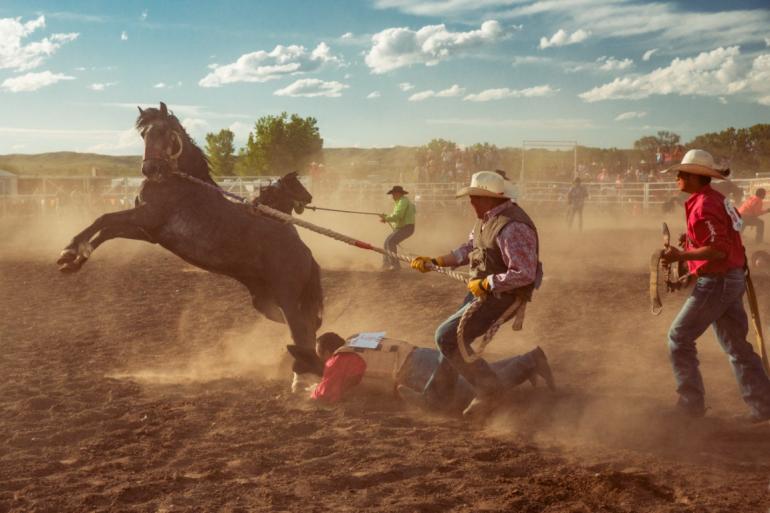
Photo by Todd Klassy
“The buck comes outta the heart.”- third-generation rancher John Moore
Unofficially, the first Bucking Horse Sale took place in 1950. According to rancher, journalist, author and prairie wise man John L. Moore, a man named Les Boe went down to Ekalaka on behalf of the Miles City Livestock Commission to purchase yearling steers from another man, known as Heavy Lester. Les successfully bought the steers, but Heavy Lester threw in some 35 head of bucking horses that Les had no idea what to do with. After brainstorming for a while, someone suggested a sale—which would end up being a three-day experience that was incredibly successful. Community members thought it would make a profitable annual event, and in 1951 the World Famous Bucking Horse Sale made its official debut. Local service organization the Jaycees got involved around 1956 to help sell concessions and libations to the mass of attendees, and soon the word about the one-of-a-kind event spread worldwide. Press from all over the country and abroad flocked to Miles City to cover this unique phenomenon, which of course attracted “the Golden Voice of Rodeo” Cy Taillon. Famous for his precise diction and grammar, he made it his mission to attend and announce the Bucking Horse Sale for twenty-five years.
The main attractions of the Bucking Horse Sale are the bucking horses themselves. Bucking horses for sale or show no longer include wild horses, as the sale of wild horses was prohibited in 1971. Instead, the horses have either been equines too ornery for a life of racing and ranching or selectively bred for the demands of the bucking horse circuit. According to expert John Moore, a horse cannot be trained to buck.
“The flank strap does not make a horse buck,” he says very seriously in an interview with MTN cable talk show That’s Montana. “The buck comes outta the heart. They either buck or they don’t.”
Crowds gather to watch the young cowboys try to stay on the bucking horses, and performers do not disappoint. Enticed by the possibility of a paycheck and title, the riders don their best gear and head into the ring to compete; their only respite is during the between-rounds rodeo clown shows. Attendees should undoubtedly make time to enjoy these incredible displays of horsemanship and bull riding.
I would be remiss to not mention the tradeshow and street dances, as both are significant social aspects of the Bucking Horse Sale. Sundry goods and items from near and far can be found for sale at the tradeshow, and you’re sure to see a friendly face or two among the crowds. The variety of local artisans available at the Bucking Horse Sale is quite a treat in this age of internet shopping, but it was the internet that showed this humble writer the most exquisite homage to the Bucking Horse Sale. Wyoming artist Bob Coronato attended the sale in the early 2010s and was enthralled with what he experienced. Wandering the festivities, he ran into a high-ranking chamber and BHS board member and pitched his idea: a commemorative poster done in Mr. Coronato’s unique Western style and mixed media. After a quick Google search of Bob’s work, including but not limited to paintings of immense detail reminiscent of Charlie Russell, they agreed to the piece and the year-long process of creating the poster began. Everything you need to know about the Bucking Horse Sale can be seen on the poster: the spirit of the event is captured perfectly. Bob Coronato immersed himself into the ranching way of life that was his muse, and such experience paid off when he began creating rodeo posters. He told the Miles City Star that he wanted to have “lived long enough to get it right.” From the words at the very top that captured this writer’s attention, the image of a bucking horse dead center, to a scene near the bottom of the iconic street dances, this beloved addition to the Bucking Horse Sale imagery would make a fine addition to any Western art afficionado’s collection.
People are drawn to the Bucking Horse Sale from nearby communities, across the state and overseas. Such an event is vital to Miles City and the surrounding area, as the economic impact can sustain the community for the next year. The population of the town can double during the affair, and the local non-profits throw their largest fundraisers at this time. For over 70 years this event has inspired visual artists, authors, ranchers, and aspiring rodeo queens and kings. The friends and memories that are made at the Bucking Horse Sale are worth more to the community than the millions in tourist revenue, but those millions of dollars don’t hurt none either. Make your way to one of the last authentic cowboy towns of the American West and enjoy what Bob Coronato calls “An Apocalyptic Extravaganza of Horsemanship,” alongside good times and great friends.
The Bucking Horse Sale has events scheduled for May 7th and 8th, 14th and 15th, and 19th-22nd, 2022, and the detailed schedule can be found at www.buckinghorsesale.com/schedule. The Bucking Horse Sale 2014 poster can be purchased at www.bobcoronato.com/prints-for-sale.
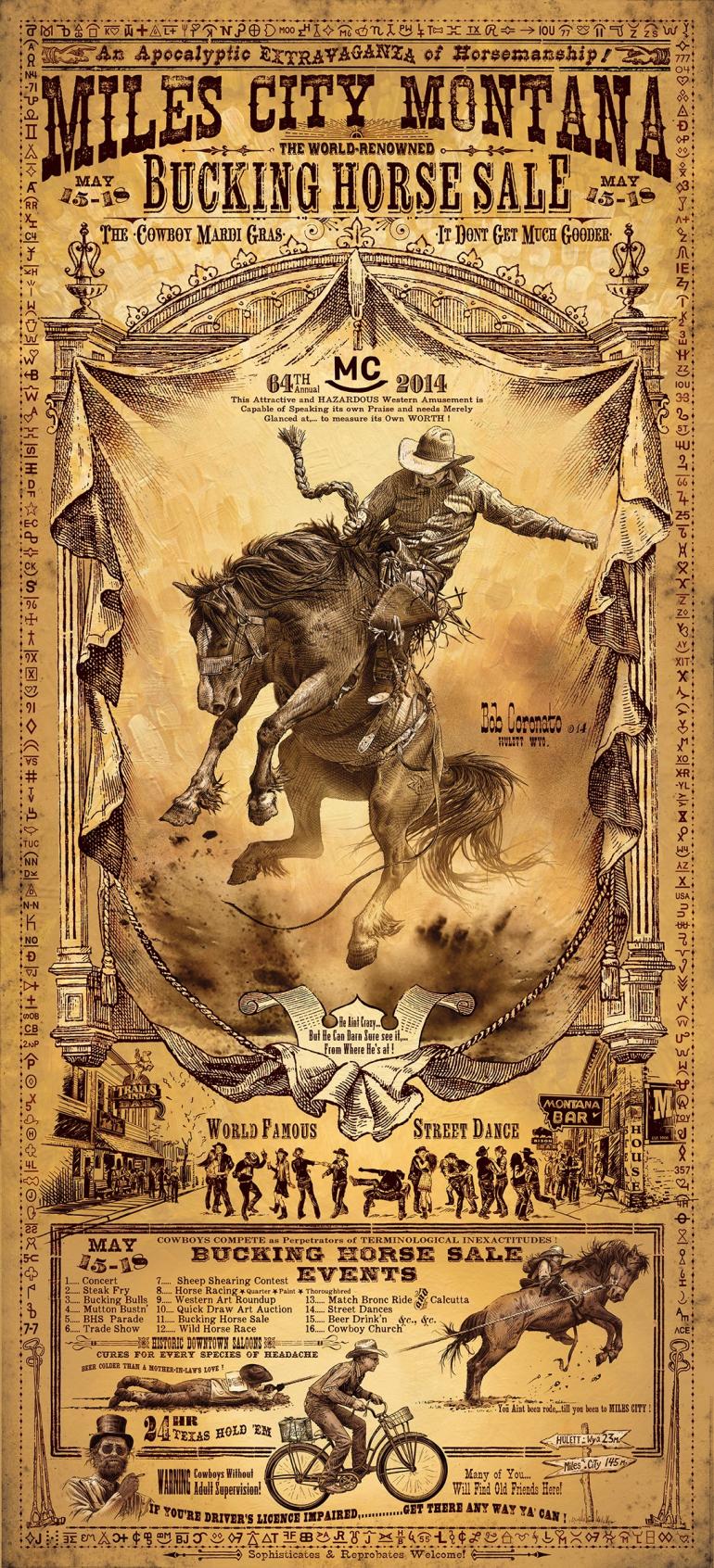
Used with permission by the artist, Bob Coronato
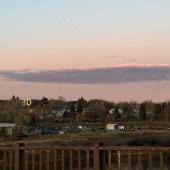
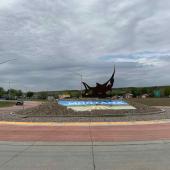
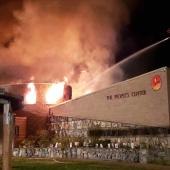








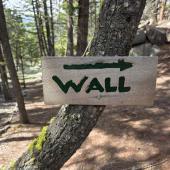
Leave a Comment Here